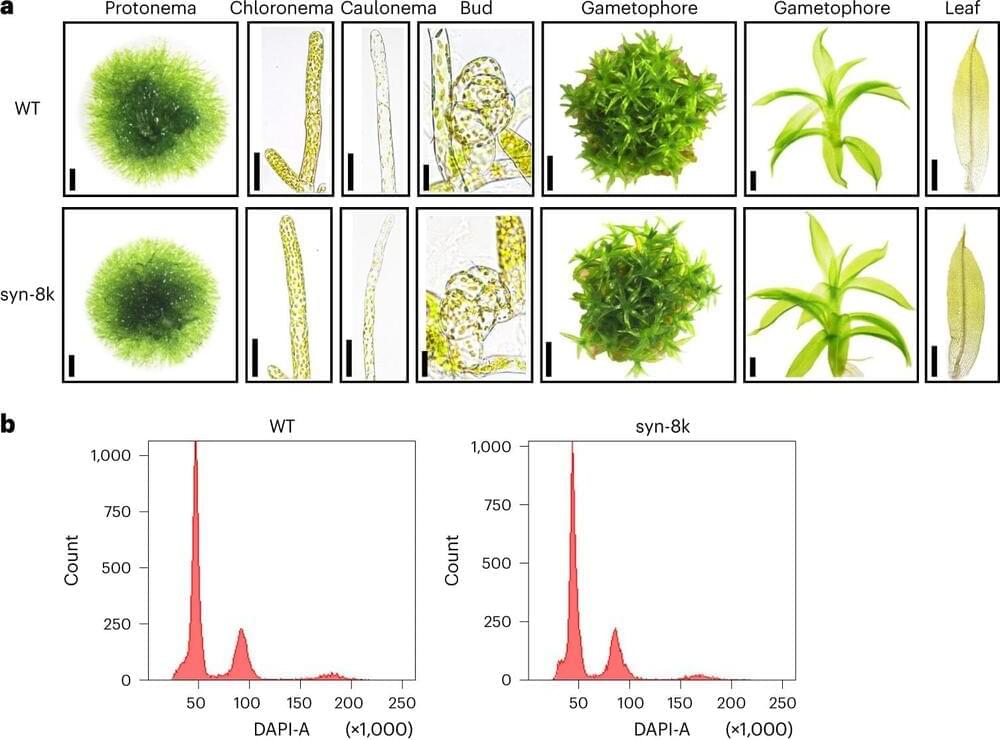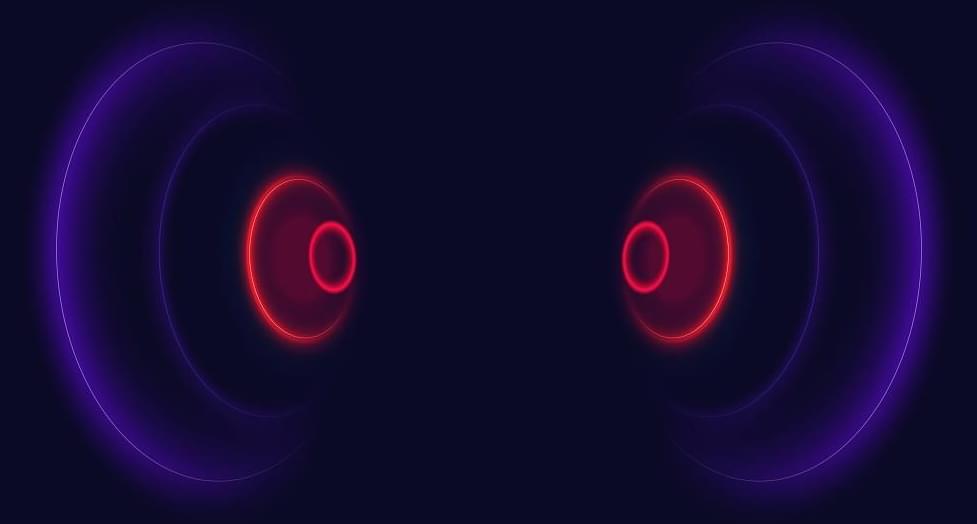BYD’s announcement of a substantial upgrade to its intelligent driving system signals a notable advancement in its efforts to improve this technology. Scheduled for March 30th, this update signifies a significant step forward for BYD in the realm of advanced driver assistance systems (ADAS). The upgrade will further enhance its Navigation On Autopilot (NOA) or its internally known Urban Navigation Assistance (UNA) system in cities across China.
The upgrade was alluded to in 2023 with the BYD Denza N7 with its advanced lidar system and came on the heels of recent improvements to Xpeng’s XNGP intelligent driving system. Telsa has also been a strong competitor in the intelligent driving race, with announcements last year aiming to improve its FSD system. According to sources, the initial rollout of BYD’s Urban Navigation Assistance (UNA) system is slated for March 30th, starting with the N7 model among its existing lineup of over 20 vehicles.







